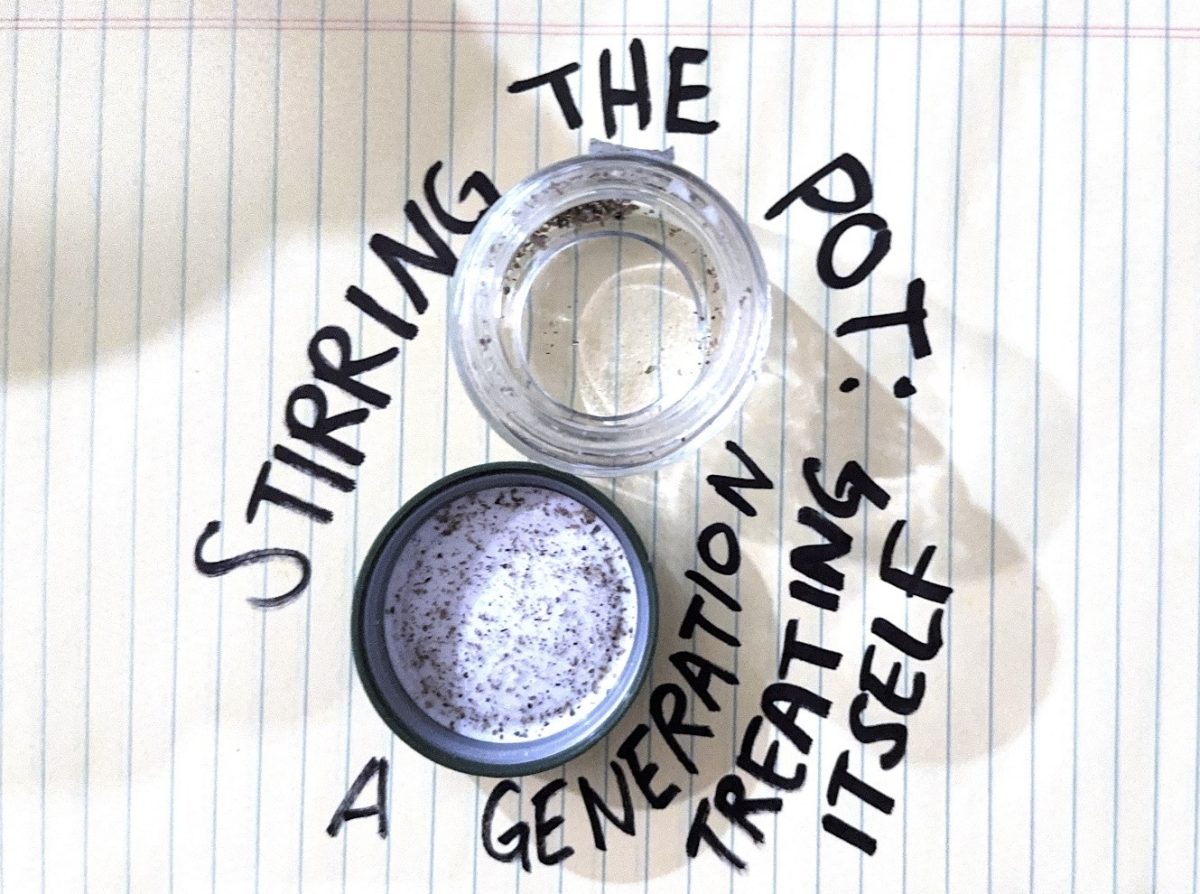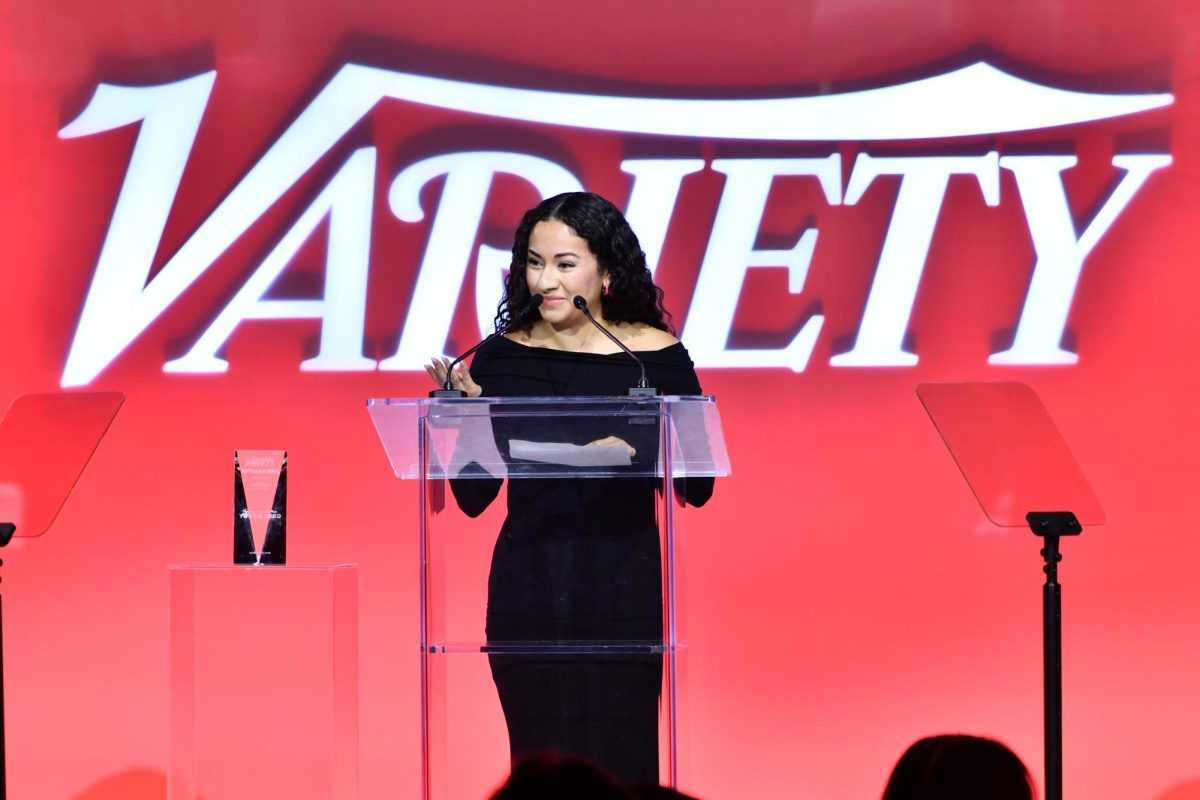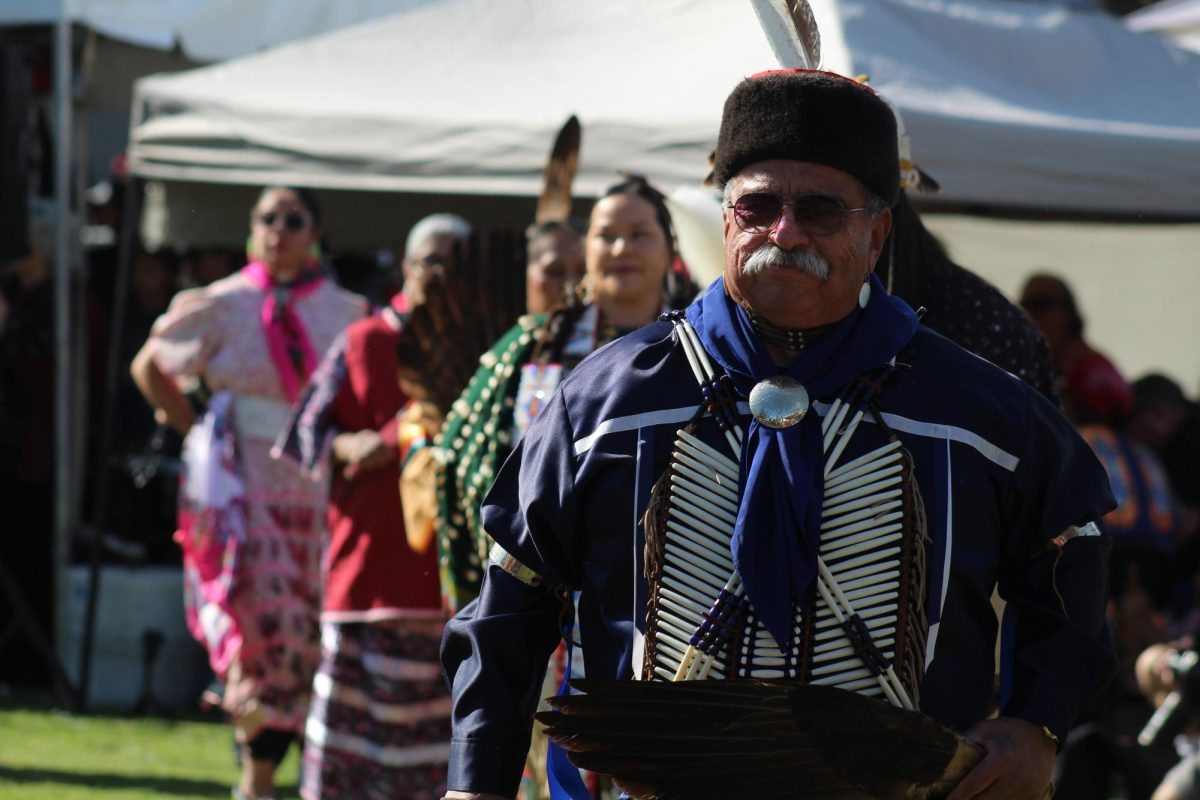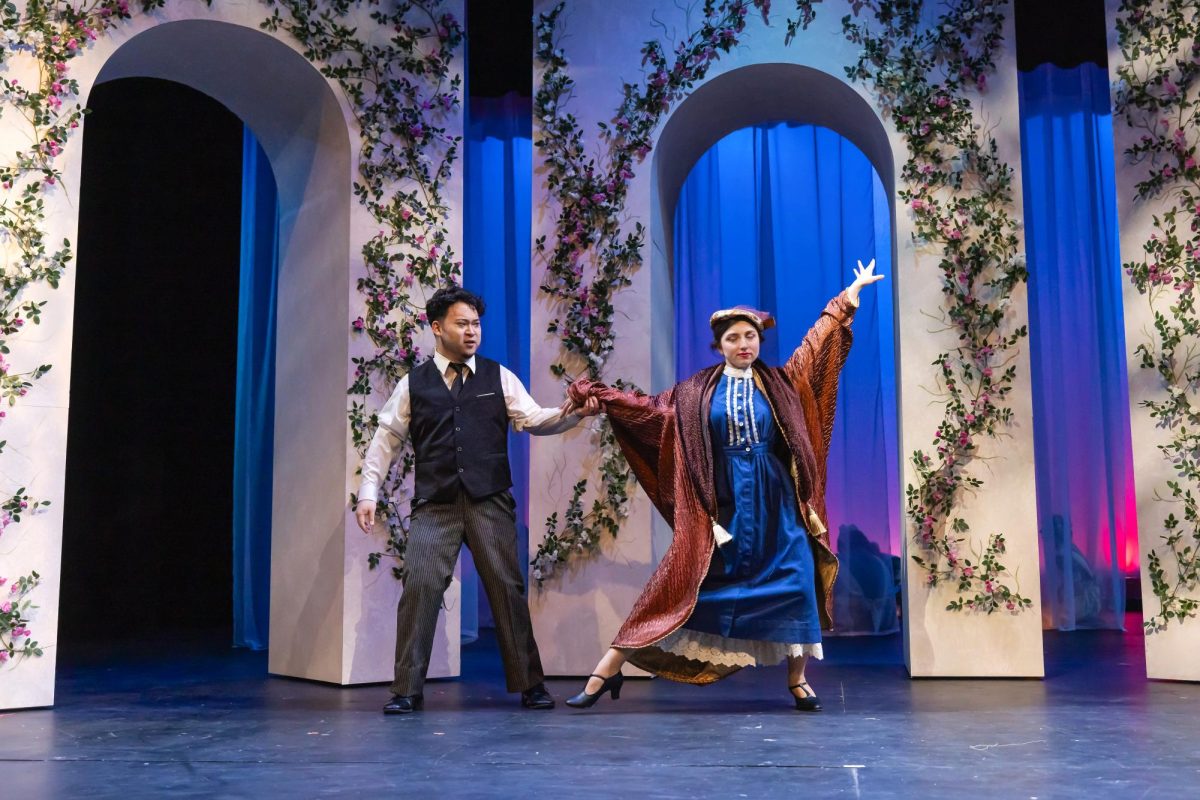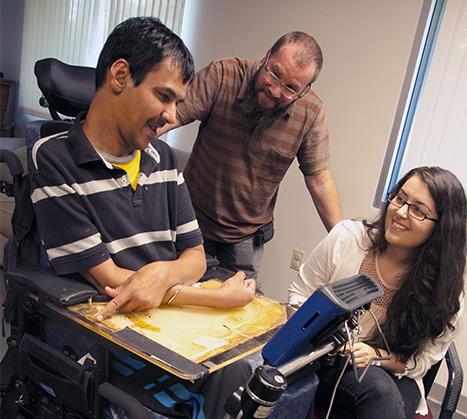
There are a lot of things people take for granted: the gift of fluid verbal communication, the ability to hear a loved one say “I love you” or the capability to weave thoughts and visuals together.
Some may have spent most of their lives free to enjoy all of these things before a stroke or some other neurological trauma took it away. Others are just learning to find their voice in games or on the playground.
There is a saying that goes, “within every trial lies a blessing.” For thousands of people each year, that blessing is CSUN’s Language, Speech and Hearing Center.
The facility offers a wide selection of programs. They range from from early intervention, hearing clinics and rehabilitating a vocalist’s chords, to working with people who have suffered a stroke or some other neurological trauma.
Debby Huntingford can’t say enough about the impact the clinic has had on the lives of her and her husband, Ray.
The Huntingfords, both of whom are CSUN graduates, have been coming here twice a week since Ray’s stroke in the late 1990s. Their healthcare provider referred them to the clinic when Ray’s benefits were soon to expire. It turned out to be a life changing referral.
Debby said Ray immediately took to the program and the student clinicians.
“He knows this may be the first time they’re actually working with the client,” she said.
“I think he gets a lot of satisfaction out of that and it’s rewarding for him to be able to participate in that.”
Although Debby admits she had her doubts about the ability of student clinicians, they quickly vanished as Ray worked with them and began to show signs of progress.
“When you hear student-based program, you think lower level,” Debby said. “We saw a lot of speech pathologists before this program, but there’s not one I’d choose over these students here.”
Janice Woolsey, clinic coordinator and instructor, credits the program’s success to wonderful graduate students and staff, combined with what she refers to as “evidence based practice.”
“The techniques we use here have been proven to work,” Woosley said. “Parents, patients and families can feel comfortable coming here knowing that this is the best the field has to offer.”
The clinic works closely with the academic department offering support through student training. Before student clinicians can even meet with clients, they are required to take a series of courses and complete a minimum of 25 hours of observation time.
“They have to be vetted before they can even walk through the doors of either wing,” Woolsey said. “We have to really know who they are before they meet with clients.”
This level of hands-on care and in-depth training sets the graduate students up with a set of competitive skills.
“Our students that graduate from here can go anywhere they want.” Woolsey said. “They’re fully qualified.”
While walking through the building’s east wing Woolsey talks about the different programs offered for children up to 3-years-old and it is immediately clear why she has such an affinity for it. Their innocence is wrapped up within the four walls.
On a child-sized table, there’s a stamp and paint activity set out for the next day, and little smocks hung over the chairs. But it’s not all play in the early intervention department. The program is serious in handling their patients’ progress.
Part of that process is incorporating various treatments, including indirect therapy.
“We model things for them rather than ask the kids directly to say this,” Woolsey said. “We want them to get used to saying things after we’ve modeled a word multiple times.”
The therapy includes the use of the Picture Exchange Communication System (PECS).
These cards help kids to match an image on a card with an image somewhere else within their space. This allows children that aren’t using speech to communicate with those around them. The teaching element is incorporated for the parent or guardian at every session to reinforce what is learned during treatment.
“Consistency is one of the most important aspects for these kids,” Woolsey said.
Practice is important, especially for vocalists. Last year alone, the facility treated 85 vocalists, from singers to voice-over artists.
Karen Kochis-Jennings, assistant professor of communication disorders and sciences, said the clinic offers either an in-depth, 12-week treatment program for those who need help rebuilding their voices or shorter sessions for those desiring a tune-up.
Vocalists in the program go through a thorough evaluation to help determine the best treatment.
“The individual comes in and we do a complete vocal history which entails length and type of training, daily vocal demands, including vocal demands,” Jennings said.
Regardless of one’s reason for needing the clinic, they can rest assured that staff is trained to treat them with the utmost care, respect, and professionalism.
“I don’t know how they do it,” Huntingford said. “The university should be really proud.”

